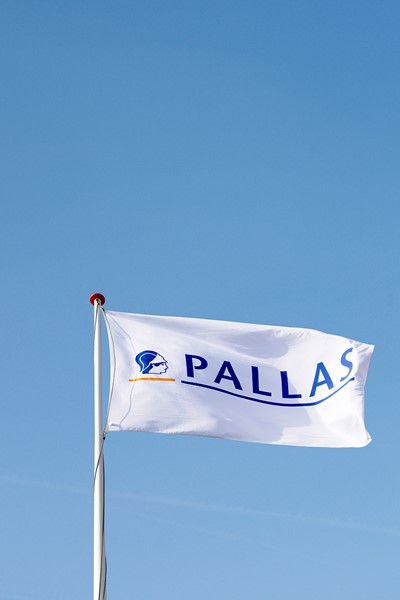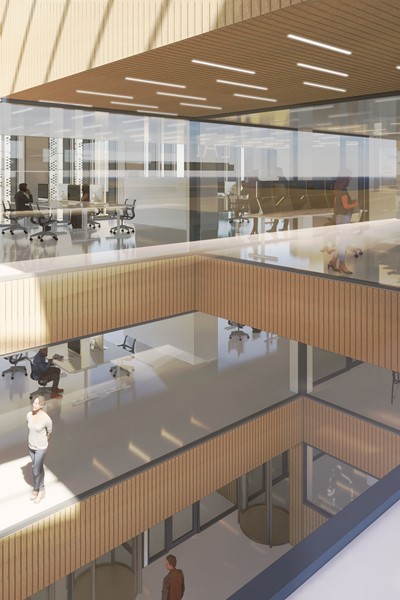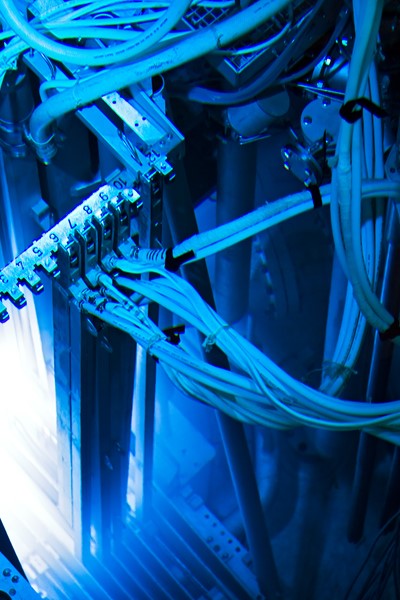The Reactor
PALLAS is the new medical isotopes reactor that will replace the old High Flux Reactor (HFR) in Petten. The arrival of the PALLAS-reactor will enable the Netherlands to continue to help millions of people and even save lives for the next 50 years. PALLAS will start in the future with activities to produce medical isotopes for diagnosis, therapy, and (medical) nuclear research.
Why is the PALLAS-reactor necessary?
Worldwide, there are few reactors producing medical isotopes, and the average age of these reactors is high. The need for medical isotopes increases, especially for therapeutic ones. The current reactor (the HFR) is responsible for the production of one third of the global demand, but the HFR needs to be replaced. Without the PALLAS-reactor, the global supply of medical isotopes will come under pressure.
Can only reactors produce medical isotopes?
Besides reactors, cyclotrons also produce isotopes, but these have only diagnostic purposes and produce a smaller volume. Both reactors and cyclotrons are necessary.
Is the design final?
The PALLAS-reactor is the most advanced construction project for this type of reactor in Europe. The technical design consists of three phases:
1. Conceptual design
2. Basic design
3. Detailed design
The first two phases have been completed.
What happens with radioactive waste?
Radioactive waste in the Netherlands is collected and stored by COVRA, the Central Organisation For Radioactive Waste in Vlissingen, Zeeland. Before the waste can be stored, it must first be packed properly and safely, for example by mixing the waste with concrete and then storing it in special steel vessels.
What are legal regulations to build and operate the reactor?
To enable the construction of the new reactor, various governmental bodies must take decisions on whether the project complies with the regulations, and they must issue the necessary permits.





